As strife created gulf for expression for pain and despair, the feeble movement of turmoil art took over. Soon the internet as the vast and democratic space became a natural landscape to the new generation of artists. Now it has grown so powerful that it has started dictating changes on the construction and composition of Kashmir’s traditional music forms. Zafar Aafaq rediscovers the characters who are perhaps history’s biggest change makers in musical Cashmere

In 2004, a group of excited Kashmiri students at Aligarh Muslim University (AMU) received a parcel from home.
It instantly lit up faces in the room where a DVD player was waiting. The parcel had a video CD of new musical sensation Mehmeet Syed titled Cholhama Roshay Roshay.
The mood inside the small hostel room instantly turned emotional when young Mehmeet started singing against snow-clad mountains. Her melodious voice and the lyrics of Mehjoor made Kashmiri students nostalgic about home.
As the first song ended, the jam-packed room erupted in cheers, as if they were part of a live concert. “Thanks to technology we could get close to our roots while sitting away from home,” said a student who was part of the group that day. That was then. Now Mehmeet is just a click away. She is one of the few singers who is marketing their products on-line.
Her art apart, Mehmeet’s entry into Kashmir music scene is a landmark, because she was perhaps the first major voice that emerged in the turmoil triggered gloom. And it came at a time when the basics of communication were changing. So she and many others grew with a changed environment of creativity and exchange.
Now music shares itself as a WhatsApp message! It was an Instagram link to a snippet of video song Tamana by a 23-year-old Kashmiri musician Yawar Abdal, based in Pune, which introduced this reporter to the new singer.
When full video hit the internet (not a market!) on June 02, it set music buffs in Kashmir talking. For the subsequent days, it was widely shared on the internet in Kashmir. The video earned over 1 lakh views on different YouTube channels in its first month.
The song is based on the poetry of three legendary poets of their respective languages, Mehjoor (Kashmiri), Mirza Ghalib (Urdu) and Ameeri Khusro (Persian). Critics and fans appreciated the way Abdal dealt with the three poets.
“The transition from one poet to other is amazing,” says Shiekh Anayat, a music buff, who studies at Kashmir University. “It is not easy to deal with three poets from three different languages in one song. But Abdal, who is still in his infancy, has done it successfully.”
Up to the release of Tamana, Abdal had uploaded many amateurish videos on the internet which he used as a method to gauge the audience reaction. “The response was unbelievable, especially from the college going students. When it clicked, I thought of releasing a proper music video,” Abdal says.
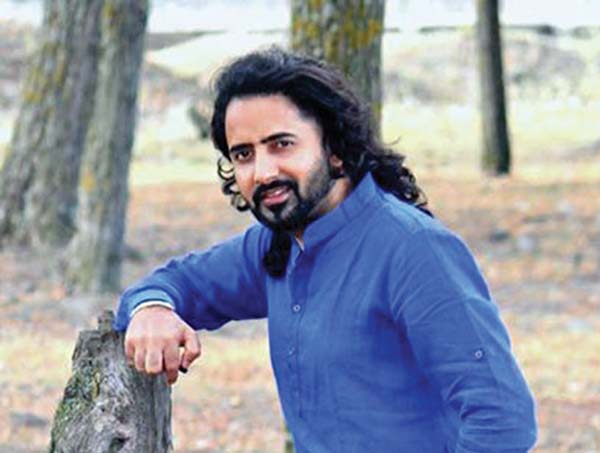
Tamana was produced by a music company called Knight Motion Media and Yawar Abdal shared it on his Youtube channel.
The music video was re-shared by Gyawun, a website that focuses on contemporary trends in Kashmiri culture, and it spread like fire.
Internet has changed the way music is heard and shared anywhere in the world. In Kashmir, the change is more profound for lack of concerts, gigs and an organised music industry. Rarely a musician or a band gets a chance to perform on stage. If any such chance arises, usually it is the events sponsored by the government. “The Internet is the only platform available to me to showcase my work to the people in Kashmir,” says Abdal.
For the past couple of years, young artists and new faces come up with their music on the internet. Audience response shows if it has any scope of growth.
But most of the Kashmir music created and shared on the internet is not entirely professionally done. Unlike the locally produced amateurish content, videos produced outside Kashmir in collaboration with companies or labels are professionally mature. For instance, like Abdal, two other Kashmir musicians whose videos, again renditions of folk songs, became hits on social media, are Kabul Bukhari and Tanvir Ali. Bukhari’s Kashmiri folk song Dubraye Gayem released in 2016 has over 160 thousand views on his Youtube channel.
Interestingly, Kashmiri is not Bukhari’s mother tongue. Pahari speaking Bukhari is from frontier Karnah belt but his performance is impressive.
Similarly Tanveer’s Gaste Wisye became an instant hit on social media in Kashmir. Ali is based in Goregaon, Maharashtra, where he was part of a band called ‘Ali Boys’. “The reason these videos maintain some level of professionalism is that people involved in its production are experienced,” says Anayat.
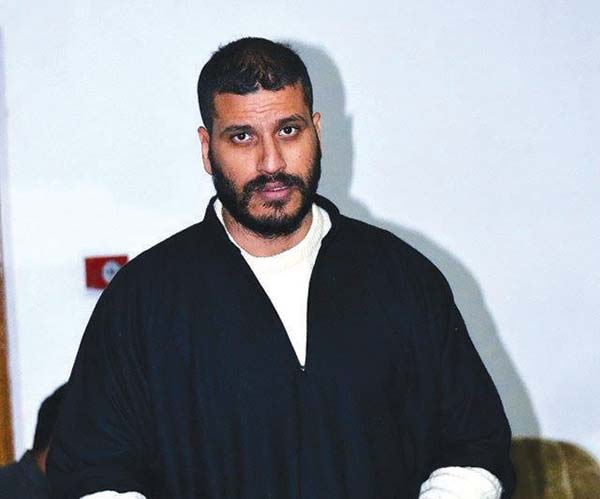
The success of Tamana, Dubraye Gayem, and Gaste Wisye can be attributed to environment required to produce such music.
Abdal moved to Pune in 2010 for studies but the place, unlike Kashmir, allowed him to follow his childhood passion. Abdal would compose songs when he was in school, but the passion sparked only after he landed in Pune.
“In Pune, I got a chance to meet a different kind of musicians, attend shows of some top artists and I got opportunities to play live on stage that I think was not possible in Kashmir,” Abdal admitted candidly.
He has seen many Kashmiri musicians travel to Delhi or some other states to record a song. In other cities, they get a chance to hold concerts as well.
But living in a conflict ridden Kashmir helps these young musicians get inspired.
Usually, it is a political thematic song that marks their take-off. For instance, Roshan Ilahi aka MC Kash, Kashmir’s most popular rapper, makes music loaded with politics and turmoil. Similarly, a rap video of Urdu poetry, a unique in its kind, released in December 2016 by withkashmir website on YouTube drew a considerable response on social media for its style and political theme.
The rendition of Pakistani national anthem by two brothers on traditional instruments last year drew massive media coverage.
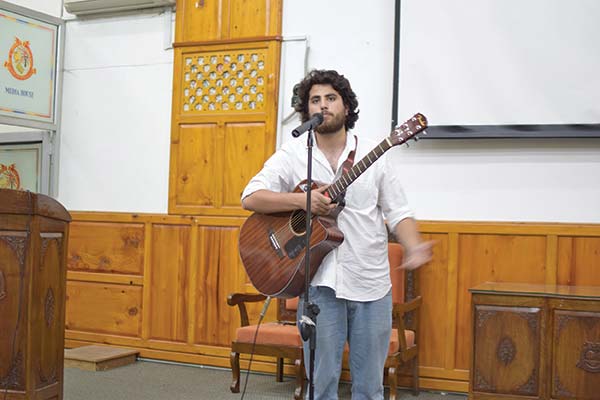
Ali Saifuddin is one of the popular fresh faces in contemporary music. During 2016 unrest, he released a few music videos on Facebook and Youtube reflecting the street mood.
His work attracted media attention to the level that he went to London where he featured in BBCs programme besides performing at many events alongside MC Kash.
Saifuddin’s music videos are recorded at home. “I produce music in Kashmir. I record at home. I am basically a singer but due to lack of infrastructure, I had to learn other skills required for music production. I read numerous books on sound engineering,” said Saifuddin.
Fame helped him stitch together a band composed of a local rapper and a couple of guys from villages; one of whom is a Sarangi player.
“I found a drummer from Islamabad village after a search of three years,” said Saifuddin. Currently, Saifuddin is collaborating with boys from villages who are involved in folk music to play instruments like Rabab, Sarangi, or Nout (a Kashmiri percussion instrument).
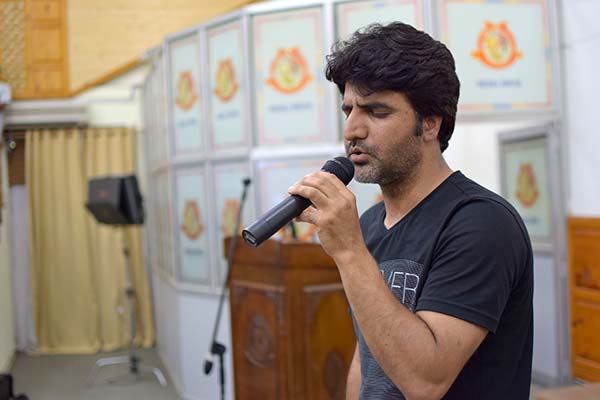
“I would love to record in a studio,” Saifuddin says. Lack of facilities does not force Ali to migrate. “I want to stay in Kashmir and pursue my passion,” Ali said. “If I leave that would mean I would not be part of Kashmir’s art scene.” He, in fact, quit a Delhi based band called Ilham, returned home and joined a University to study journalism.
The phenomenon of releasing music online started during bloody summer of 2010.
MC Kash released an audio version of his rap song I-Protest on YouTube and a music website ReverbNation.com. I Protest, recorded at a local studio became a rage among the youth and MC Kash became instantly popular. The song, despite being English Rap was a huge hit because it was politically correct. Riding on the popularity, MCKash composed more music including a few videos. In 2012, he released a full album on his website as his creativity became diverse.
Around the same time, Mohammad Muneem, a Kashmir based in Pune since 2001, already an established voice started making waves online.
Muneem’s story as a musician dates back to early 2000 when he started playing guitar on his own. “I self-taught myself to play guitar and learned Belmont technique of voice from Celia Lobo,” Muneem says.
In 2003, at a marriage function in Srinagar when people saw him carrying a guitar they asked him to sing a Kashmiri song. “At that point of time, I only knew few chords on the guitar. One of my friends Majid Jeelani introduced me to the words written by Bashir Dada. And in five minutes the composition happened,” he said.
Then he put a rendition of Kashmiri folk song Cherith be Haav Has Dil on Band Camp – a global music website which did not evoke much response as Internet was not mainstream in Kashmir yet. In 2007, he released lyrical video of songs Umeed and Cherith on YouTube. It clicked.
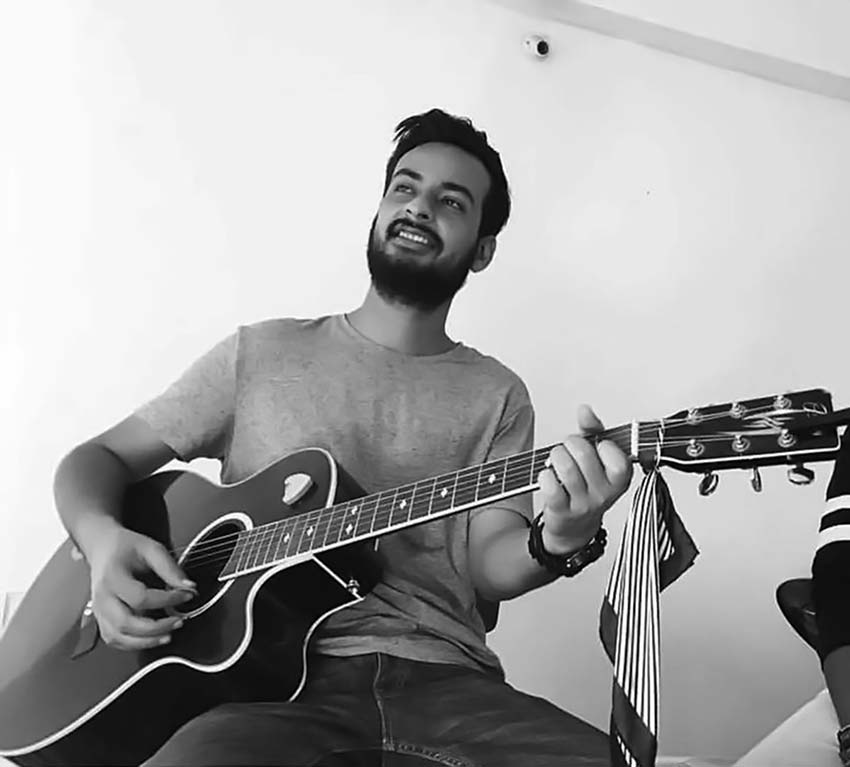
A year later Muneem formed Highway61 with his mates in Pune. A few years later when the band was signed up by Flying Carpet Production, they renamed it Alif.
“With Alif, we are selfish to share stories of Kashmir with the whole world. Connect people bring them one. That is why everything is Alif,” Muneem gives a reason for a name change. The lyrics of the most of the songs by Alif are in Kashmiri and Urdu.
Alif is a well-established name now as the band does not solely rely on the internet. It regularly participates in gigs across India’s metropolis. The band has performed even in Kashmir—once in Gulmarg and five times at Kashmir University. The band reached its zenith when it featured in a popular TV show Coke Studio India and sung Sahibo Sath Chum me Chenei, a famous prayer in Kashmiri written by Mehjoor.
In 2014, Alif recorded a proper video of Cherith and it was released by Mathrubhumi Kappa TV which again saw huge audience on the internet in Kashmir.
Ali met MC Kash in 2010. In June 2016, they jointly produced the song Like a Sufi. Since then, they have worked together on eight songs. Muneem says he loves to collaborate with MC Kash for his “skills” and stories. “He has a potential of an international hip hop artist.”
Before advent and penetration of internet, Kashmiri youth would consume mostly Bollywood music through TV channels, radio, and cassette players. Folk dominated Kashmiri music would find a limited audience, mostly among old people, through Radio and TV. It lacked modern touch.
“It is due to the internet, Kashmiri youth got exposed to and inspired by the underground, alternative music scenes of different parts of the world,” says Khurshid Ahmad, a student of sociology. “They experimented with it and in many cases, they succeeded.”
“These internet musicians whom we see today would not be known to people if there was no internet,” Anayat says.
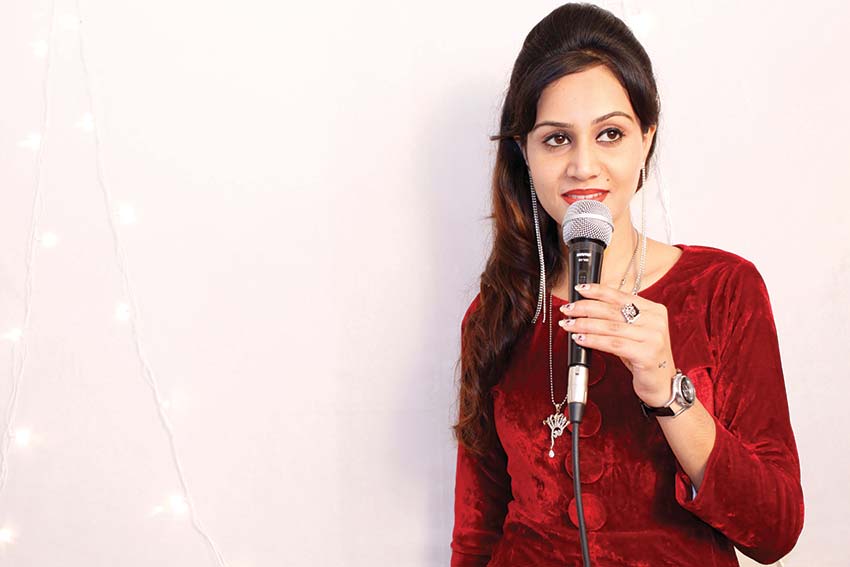
YouTube apart, Facebook is arguably the most potent platform for instant maximum views and responses. These artists have pages where they upload their music videos to widen their reach. “They use the internet to gain inspiration, build community with fans and fellow artists, and pursue a new commercial activity,” a 2004 Pew research article on Artists, Musicians and Internet said.
How the internet gets people noticed was demonstrated by the clip showing the folk rabab player Noor Mohammad of Handwara that took the virtual Kashmir by storm. A man living on the margins of the society by playing rabab on streets, was an honoured guest on TV talk shows after media profiled him, his skill and his struggle for survival.
Now Noor is on billboards of Srinagar city advertising Khyber Cements. Notable to mention here, Srinagar is not a metropolis and it lacks celebrity culture.
The mainstreaming of the internet has, however, done away with gate-keeping. Anyone can record and upload the music on the internet and there is no eligibility to qualify for recording. “Most of the music videos uploaded on social media are amateurish,” says Imran Latief, a musician from the pre-internet area. The ethos of music gets compromised.”
During pre-digital days, Radio Kashmir was primarily responsible for producing music but not every aspiring musician would get a chance to record. “At Radio Kashmir songs of first timers are recorder only after passing the auditions,” says Ramiz Ahmad Mir, who works as an announcer at Radio Kashmir. Now the trend is changed. The best performing singers on the internet are invited by Radio.
In between rule of radio and mainstreaming of the internet, there was a period when cable TV playing a bit of role. In between the news reports, these local TV channels would flirt with music triggering a demand for artists and singers. But these channels were banned in 2008 by the government to control unrest.
This phenomenon, however, introduced some new faces which included now popular names, Irfan, Bilal and Mehmeet Sayed. In fact Mehmeet started the trend of female singers coming on the screen; otherwise, until then the females would restrict themselves to playback singing only. The trio later formed a band and travelled to different cities of the world and participated in concerts besides making numerous albums.
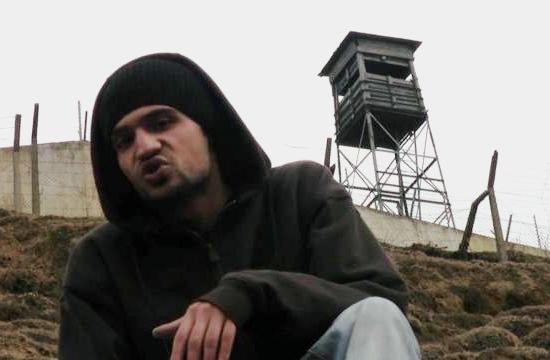
In 2014 they performed the song Ba Yaar-ye Lagai in Los Angeles. It was the first time the Kashmir diaspora invited local artists for a music concert in the USA.
In February this year, a rendition of folk song Ya Tuli Khanjar was released on YouTube by Music Therapy. The duo composed the music for the video song which was entirely shot in Kashmir.
The style of the music reflects that these musicians follow the lines similar to the global underground music scenes: MC Kash’s pure rap in I protest; Alif and Kash’s Like a Sufi is a blend of traditional folk and English rap; Yawar Abdal’s Tamana is rock based; Tanveer Ali’s Gasti Visye romantic folk on guitar; Alif’s Cheerith is a fusion of romantic folk and rock; Ali Saifuddin’s Chol Hama Roshay is folk song on guitar.
The style of sound and lyrics of most of the music emerging from the scene also shows these musicians are involved in art for a reason which has got little to do with entertainment. As the name of album RebelRepublik, MC Kash released in 2012 suggests its songs are political.
Other than politics, Sufism is a dominant theme. “For me, it’s still more than [entertainment] and always will be, that is why with Alif we always wish and desire to talk about something which makes sense to us, not just for the sake of it,” Mohammad Muneem says.
“One can really use the internet to reach out to an endless number of ways. But one thing that has not changed despite the internet is how your music and your work touches people. It still works the same way,” Muneem makes on observation on the influence of the internet. “I would have enjoyed more of music being absorbed the way it was absorbed in old days.”
But the traditional string has not died at all. The busy street of Maharaja Bazar, Srinagar, bustle with the voice of Rashid Hafiz who brings to life the legendary Sufi poets; Shams Faqeer, Wahab Khar, Neam Sahib, Sotchkral, Rehman Dar, Prakash. The sound emanates from huge stereo placed on a stall of cassettes and CDs at the entrance of small lane which winds into the interior of the market. The stall functions as a shop of 38-year-old Mushtaq Ahmad. He has set up the stall twenty two years ago where he has been selling cassettes of traditional Sufi folk music.
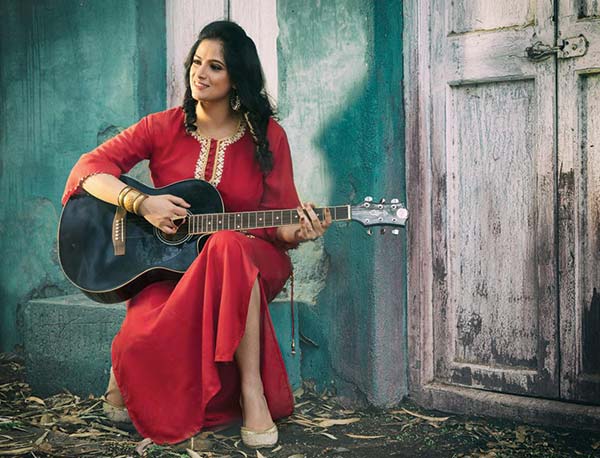
Despite the internet, his business has survived. This is due to the fact that the traditional Sufi singers remained aloof from the internet. They continue to perform in mehfils or at radio Kashmir and on DD.
Mushtaq attends these mehfils to record these singers and sell the music in form of cassettes, CD disks or in memory cards. The lovers of the music pour in at his shop from far off places.
“This music is not available online. There are some songs here and there but only at our shop you will get the full mehfil,” says 20-year-old Abrar Nabi who has come to the stall from Kangan.
Earlier, Mushtaq says there were many shops selling these cassettes and CDs but for past many years, most of them have shut their business as there is a decline in listenership. “Now only the Sufi inclined minds, mostly elders, buy the music here,” he says. “In Srinagar, there is another stall in Batmaloo that is still running.”
When MC Kash released his album in 2012, it was available for free to the audience. He had invested in the making of the album but earned nothing after release. Kashmir society is not yet ready to buy music online, says Kash. “The lack of revenue generation online hinders the growth of a musician which in turn affects the scene in general.”
Kashmir does not have a culture of organised concerts where people would buy tickets. This trend was over with the closure of cinemas halls. At events, performing artists are sponsored by the organisers, usually the government.
MC Kash says the fall of old folk art forms Ladi Shah and Band Pather were the result of state patronage to art that harms it. “The government backing compels artists to refrain from political themes and forces them to stage shows on unpopular and traditional themes which lack relevance to society,” He said. “Due to lack of societal support it forces many enthusiasts to quit and move to other fields to eke out a living.”
There is an intense debate on the music produced outside Kashmir. Ali Saifuddin says that someone moving out of Kashmir for making Kashmiri music does no more remain part of Valley’s music scene. But what is common among all these musicians is that all of them find an audience in Kashmir even if the style and nature of their music are somewhere rooted in Kashmir.
Bangalore based Aabaha Hanjura, a Kashmiri Pandit girl, became popular when her rendition of Kashmiri folk Bumbro Bumbro, was released by Kappa TV on the internet two years ago. The video has over half a million views and comments mostly by Kashmiris. Last month she released video of a rendition of famous Kashmiri song for children Bisht Bisht Byaro.
Similarly, Parvaaz Band, having members from Kashmir including lead vocalist has a significant base in Kashmir. Though the band is well settled and does not rely solely on the internet; in Kashmir, its address is on the internet.
Had there been no internet, Kashmir would not have known many singers who have established themselves outside Kashmir. Once they have a Kashmiri musical composition, it goes to the internet and then people watch and acknowledge.
Take the case of Shameema Akhter, the new sensation from Bandipore, who is creating waves in Lucknow (UP) where she is studying music. One of the few Kashmiri singers who can sing in proper Urdu, Akhter belongs to Argam village. With a UP composer Mazhar Siddiqui, who is her teacher at the Bhatkhande Music Institute, she has already set up a musical website showcasing the Shamimazhar music dishing out Urdu, Kashmiri and fusion music. They are already having concerts and she sings in Kashmiri quite often. They have also set up a band as well.
“From the day I was born, music has always remained in my ears,” Akhter said from Lucknow, where she is in the fifth of her six-year course. “My grandfather Abdul Ahad Buhroo played rabab and was a poet, my granny was also writing verses and my aunt Shameema Ahad is singing for the radio.” In an interview with DD, she has acknowledged army’s support to her studies for three years.
“We have a lot of talent in Kashmir but the situation is unfavourable,” Akhter said. “I wish to set up a music academy as soon as I return home.” The two are working on a song written by Lala Argami.
For that matter, Jaan Nissar Lone is quite a sensation who was discovered by Kashmir through the internet. From an affluent Sheeri family in Baramulla, Lone was averse to be a doctor or an engineer. He schooled from Jawahar Navidhalaya and then did his plus two from Baramulla. In love with music, Lone enrolled himself at Patiala Gharana in Mumbai for graduation and later joined Trinity School of Music in London for post graduation.
Married and settled in Mumbai, Lone owns a key recording studio in Andheri West, the AR Music Studio where music for major films is being recorded. A gifted singer himself, off late he is more comfortable with composing and has given music to many films and 250 ad capsules, so far.
“I had recorded Lata Ji and Asha Ji for my first film Choona Hai Asman but that is yet to be released,” Lone said. “Since then, I have directed music in 18.11: A code of Secrecy, and the critically acclaimed film on untouchability, Shudra-The Rising, and many other films.” For one song Allah Teri Kya Shan Hai gave him wide appreciation and acknowledgment, was the only song that was shot in Dargah Hazratbal ever. “When people saw it, they said the dargah is more beautiful than Taj Mahal but I did not tell them we have an unwritten tradition of not showcasing our heritage and talent.”
Lone is too much into Sufi style and has recorded some Kashmiri numbers by singing and composing personally. But his exceptional contribution was getting Sniti Mishra, a classical singer from Orissa, to sing two compositions: Peer-eh-Myaneou and Khduya, two smash hits in virtual Kashmir. Some popular Kashmir numbers were sung by Rani Hazarika, an Assamese artist, settled in Mumbai.
Insisting that the huge talent in Kashmir is getting destroyed for the lack of infrastructure and education, Lone is planning an academy near the airport in Srinagar. He expects it to be up and running by 2020. Waiting for the release of Victim, Lone is currently working on a project to shoot popular Kashmiri number Bulbul Watan Chou Sonoie and Rouz Rouzeh Bouzouh Mein Zaar Madnoo involving local and nonlocal singers. He is trying to get Rahat Fateh Ali Khan, Sonu Nigam and Shreya Goshal on board.
“We need to work slightly more to revive the traditional music,” Lone said. “While electronic gadgets have overtaken most of the musical instruments, Kashmir’s rabab, mutka and surnai are still indispensable and irreplaceable.”
He said Kashmir must invoke its inherent strengths and bounce back. That is a work in progress, almost!
Nafes Nethnoun Badan Yous Jant-e-Drayou,
Sou AadumWounti Awaraie Khudaya.
(The bare-body that had left the Heavens,
That human being is still wandering, My God.)















